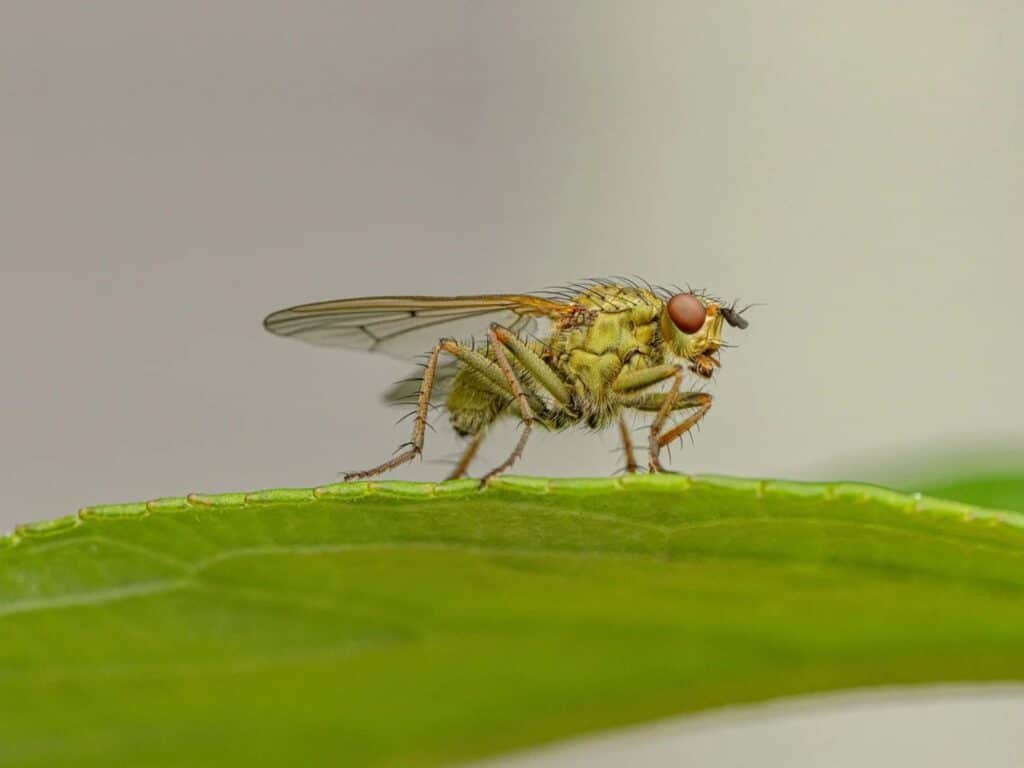Ever swatted at a relentless fly during an outdoor summer dinner party? Or perhaps you’ve found yourself distracted by the constant buzz while trying to enjoy a quiet afternoon on your patio. Flies can be more than just a nuisance; they’re a problem that needs a solution.
Imagine if you could turn your garden into a natural fly repellent sanctuary. No more chemical sprays or sticky flypaper. Just lush, green plants working their magic. Sounds too good to be true? Well, it’s not.
The Science Behind Plants That Repel Flies
Let’s delve into the amazing world of botany and explore the scientific reasons certain plants keep those pesky flies at bay.
How Plants Emit Repellent Properties
The secret behind the fly-deterring abilities of certain plants lies in launching an invisible biochemical warfare. This warfare isn’t harmful to us humans, so don’t fret. These plants produce volatile organic compounds (VOCs).
They naturally emit VOCs to protect themselves from insects and other pests. When a fly encounters these VOCs, it’s more than just an unpleasant smell – it’s a clear signal to move away quickly.
The Role of Essential Oils in Fly Repellence
Ever noticed the fresh fragrance that wafts from a newly crushed herb leaf? That aroma is due to essential oils, compounds that plants create for various purposes, including pest defense. Some essential oils found in plant species are remarkably effective at repelling flies.
For example, the sharp scent emitted by citronella or lavender’s soothing aroma can give flies a big shoveoff. So now, when you catch a whiff of a fragrant plant, remember there’s science involved – a natural, fly-repelling science.
Top 5 Outdoor Plants That Keep Flies Away
Flies buzzing around your garden, ruining your peace? Worry no more! It’s time to introduce you to some exceptional fly-repelling plants.
Basil: A Versatile Aromatic Repeller
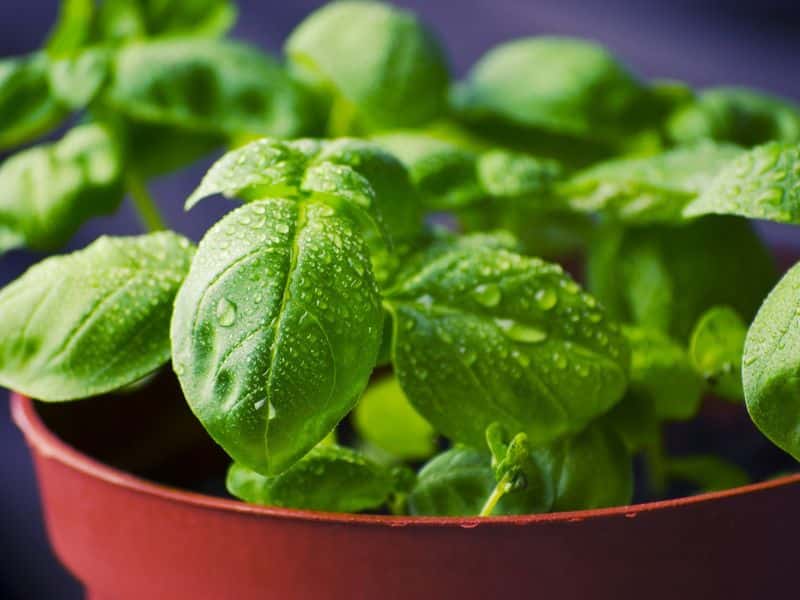
Basil may well be your go-to herb for seasoning, but did you know it’s a powerful fly deterrent? Yes, indeed!
This strong-smelling plant deters flies due to its potent scent. Whether you place pots of basil by your doors, windows, or garden, it’s sure to keep those pesky flyers at bay.
Lavender: Dual Benefits of Aesthetics and Repellence
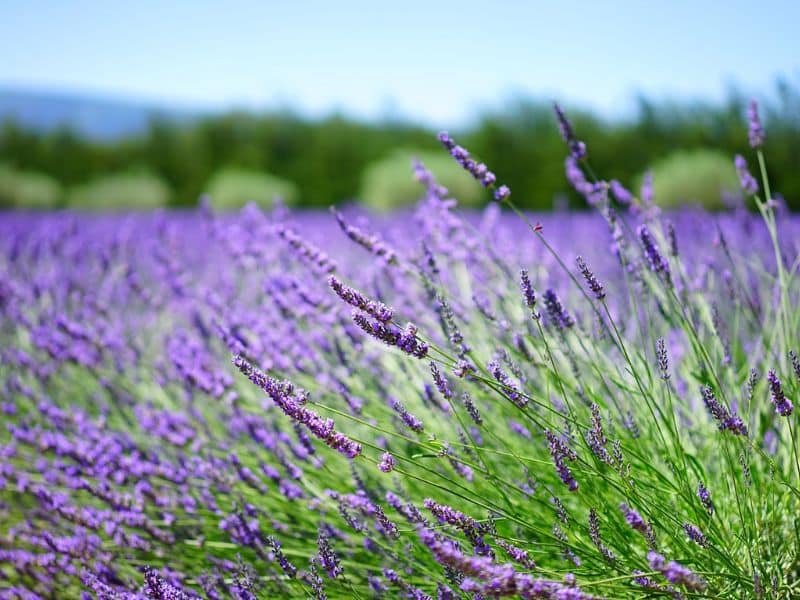
Lavender is renowned for its beauty and calming scent. However, what’s not commonly known is its repelling properties against flies. Its stunning purple blooms and sweet fragrance repel not only flies but also mosquitoes and moths.
So, plant some lavender in your garden and enjoy the dual benefits — a fly-free ambiance and a spectacular floral display.
Marigolds: Bright and Potent
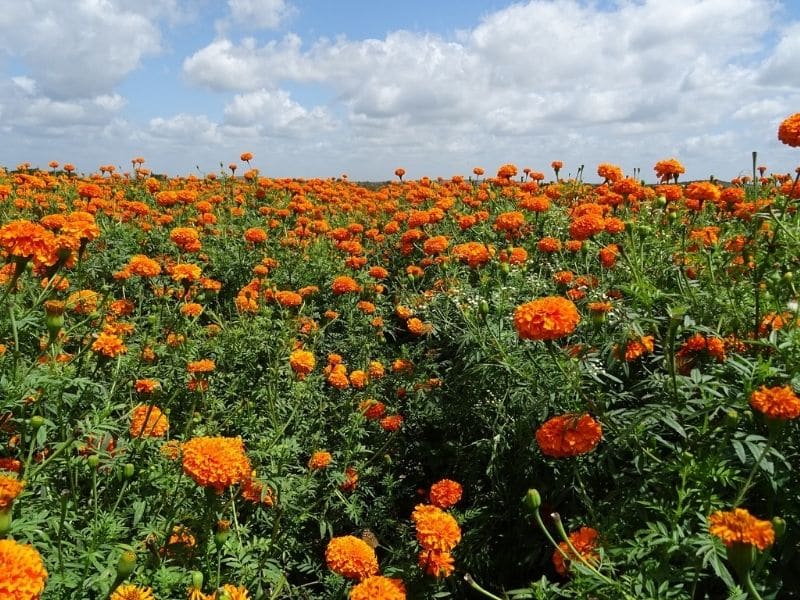
Marigolds, with their vibrant colors, can dually serve as garden aesthetics and protective barriers! These bright flowering plants emit a distinct smell that’s quite off-putting to flies and other garden pests.
This makes marigolds an excellent choice for those seeking a fly-repellent that adds a pop of color to their outdoor space.
Mint: Refreshing Yet Deterring

Mint, loved for its refreshing aroma and flavor, happens to be a great fly repeller too. The strong aroma of this versatile herb makes it less appealing to flies. Simply grow some mint in pots around your patio or garden edges for a fly-free and fragrant outdoor living space.
Rosemary: Fragrant Herb That Flies Dislike

Rosemary, besides being a beloved culinary herb, has potent fly-repelling properties. The aromatic compounds released by this perennial shrub are not favored by flies, making it an effective insect repellent.
So, why wait? Incorporate rosemary into your garden scheme and bid farewell to those buzzing nuisances.
Effective Indoor Plants for Fly Control
You’ve mastered the outdoor fly problem, now it’s time to tackle the pesky ones that sneak indoors. Here you’ll delve into which indoor plants can keep flies at bay.
Venus Flytrap: The Natural Fly Hunter

Ah, the Venus Flytrap, a fly’s worst nightmare. This intriguing plant consumes flies and other tiny insects for sustenance. By simply keeping this plant in your home, you’re inviting an active fly hunter, an indoor sentry that is ever vigilant to your fly problem.
You’ll find yourself amused as the Venus Flytrap does its job, proving nature always has the best solutions.
Pitcher Plants: Unconventional but Effective
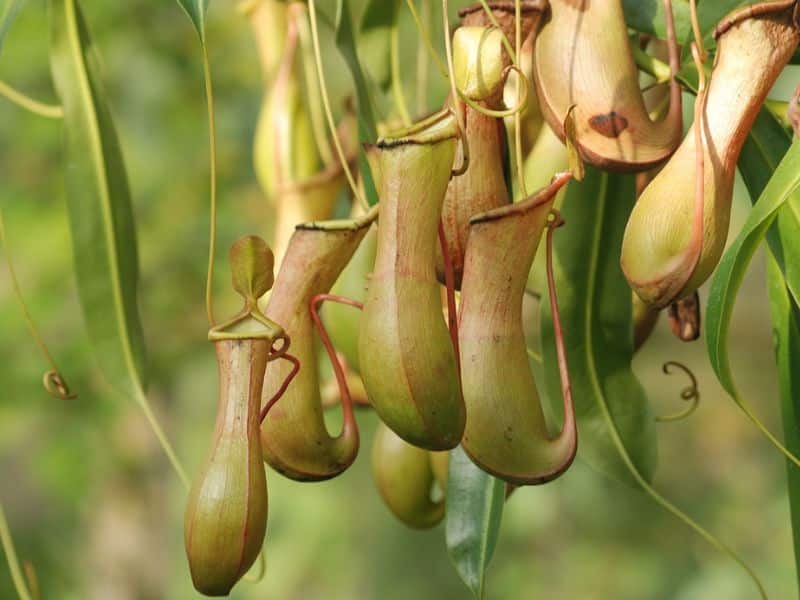
Another indoor option to consider is the Pitcher plant. This carnivorous plant lures flies and insects into its vase-like structure, consuming them to supplement their nutrition.
It’s an unconventional choice, but definitely effective. Their bold and exotic appearance is a bonus, making Pitcher plants both a stylish and practical addition to your home.
Tips for Incorporating Fly-Repelling Plants in Your Home
To help you enjoy a pest-free home, here’s a guide on how to best integrate fly-repelling plants.
Ideal Placement of Plants to Maximize Effectiveness
Your fight against flies can’t just rely on the type of plant; where you place them is key too. For example, Venus Flytraps, while effective, thrive best near windows with plenty of sunlight.
If your goal is repelling flies in darker corners of the room, consider placing Pitcher plants there. They’re adaptable and can better handle low-light conditions. Keep in mind kitchen windowsills and dining areas, as these spots often attract flies due to food residues.
Combining Plants for Synergistic Effects
Combining different plants can also boost your fly-fighting power. The mixture of distinct volatile organic compounds (VOCs) emitted can strengthen the repelling effect.
For example, having Rosemary and Mint in the same room could confuse and deter flies more than just one or the other. It’s an eco-friendly strategy that not only keeps your home bug-free but also adds a pleasing aromatic ambiance.
Don’t be afraid to mix and match; find the perfect plant combo that works best in your space. Experiment and you’ll be surprised at the results.
Care and Maintenance of Fly-Repellent Plants
Keeping your fly-repellent plants healthy and thriving is essential for an insect-free environment. These plants, whether you’re growing them indoors or out, may require different care to unleash their fly-fighting potential.
Optimal Watering Practices
Remember, overwatering is just as harmful as underwatering. It’s on you to strike the right balance depending on the plant type. Basil and mint thrive in moist soil, but still require well-draining pots to avoid root rot.
Conversely, lavender and rosemary prefer dry conditions. Soak them thoroughly, then let the soil dry out completely before watering again. Indoors, the Venus Flytrap and Pitcher plant, both carnivorous in nature, favor a high-humidity environment. They require moist but not soggy soil, so mist them lightly every couple of days.
Sunlight Requirements
Sunlight plays a vital role in the overall health and repellent capabilities of your plants. The majority of the outdoor plants mentioned like full sun, however, they will also do well in partial shade, especially during the hottest part of the day.
Conversely, indoor bug-catching specimens like the Venus Flytrap and Pitcher plant require indirect sunlight and are best suited for a windowsill that sees a few hours of sun each day.
Pay attention to what your plant shows you — yellowing leaves may well suggest too much sun, while a leggy appearance often means it’s seeking more light.
Up next:

